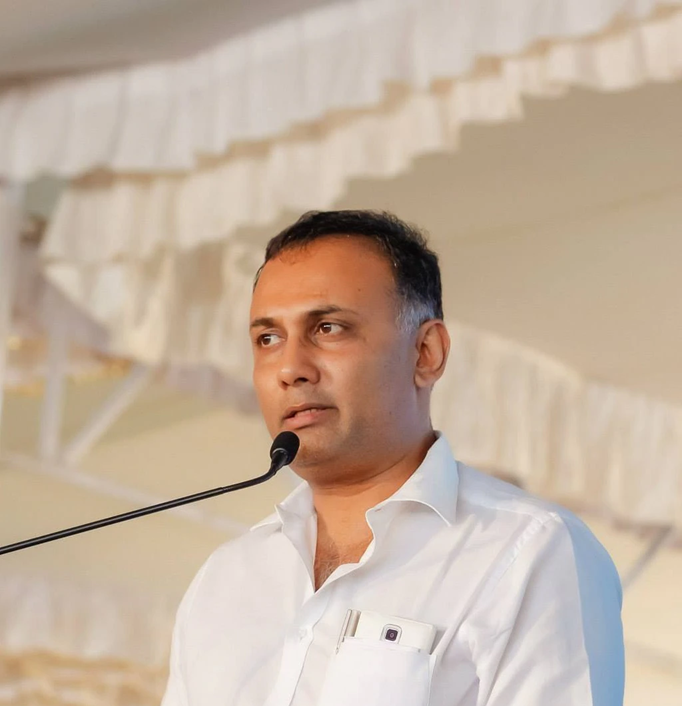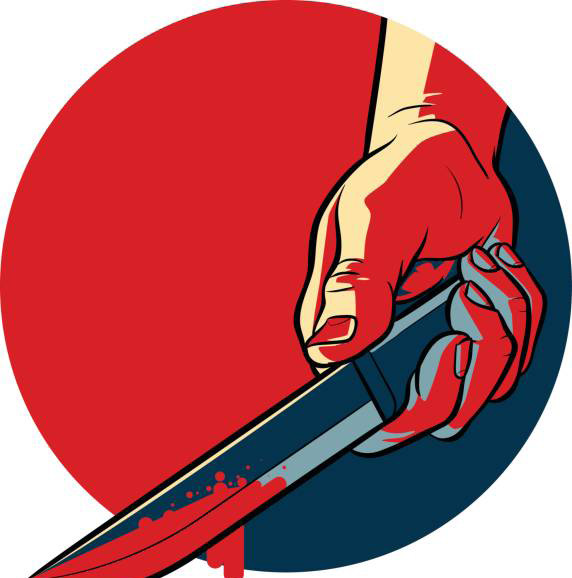
Ramachandra Guha defends Virat Kohli’s stance on Shami
NT Correspondent
Bengaluru: Activist, Environmentalist and Historian Ramachandra Guha hosted an interesting discussion on the art of Sports writing, featuring veteran sports journalists Gideon Haigh from Australia and Simon Kuper from England.
The session saw Guha respond to a question on the silence of Indian Cricket players’ silence on sensitive issues.
“Virat Kohli was one of the vocal players. He stood for Bowler Mohammed Shami, when he received vile abuses in 2021, and the second thing he was there in the birth of his child, which is “rare to see in a Patriarchal society.”
He also lauded Kohli’s batting in the recently concluded Cricket World Cup. The panelists recalled their comical encounters and interesting arguments with respondents from their columns and carped at Artificial Intelligence (AI) tool ChatGPT.
Writing, which one of them compares to a carpenter fixing tables, can be prone to fatigue or “writers block.”
Gideon Haigh, dismissed the idea of it and says that these athletes “throw out constant ideas to write about,” referring to the likes of Kohli and Cheteshwar Pujara.
The panelists then spoke about political influences in covering sport British Journalist Simon Kuper, who was born in Uganda and was raised in countries like the US and the Netherlands, pointed out the different perceptions of sport the countries have.
Kuper, with the example of football, added, “In the Netherlands, football is played with the mind, However, in England that is not the same. It is very mechanical, military-like.”
The panel then responded to a question on how India can develop in sports other than cricket. Kuper, in his observations said, “India still lacks basic access to sport. When you look at Europe, you have clubs for every sport and kids are encouraged to participate in it.”
He also added that the country of 1.4 billion people has potential to be talented in many sports. This Book has a “Light hearted yet Profound View of Bengaluru,” according to Shashi Tharoor.
“This book reflects the universal idea of adaptation and evolution, innovation and rejuvenation and finally it reflects the binded stories of what we call, home,” These were the concluding words from renowned writer and politician Shashi Tharoor’s foreword on Cartoonist Paul Fernandes’s latest book “The Great Bangalore Morph - From Kempegowda to Covid.”
Tharoor’s impression on the foreword gives a fair idea to the reader on how Bengaluru is viewed in the eyes of the veteran cartoonist. Fernandes, with a wide smile, was happy to release the book along with Indu Balachandran, Writer and former advertiser.
Fernandes, whose book is divided into three parts, has worked on cartoons that depict Bangalore during the time of the Hoysalas, Wodeyars and Sultans, to the time after Independence from colonial powers and to the time where the city is about to grow “Chaotically.”
Fernandes, credits most of his works to Chikku Jayadeva, who had given ‘strength’ to a ‘raw idea’ and given the ‘right context' to it.
Fernandes, who felt nostalgic about the old roads, and places of worship, admitted that the sense of comfort has reduced. “What I call home, has now become less of a home.”
 English daily published in Bengaluru & Doha
English daily published in Bengaluru & Doha






